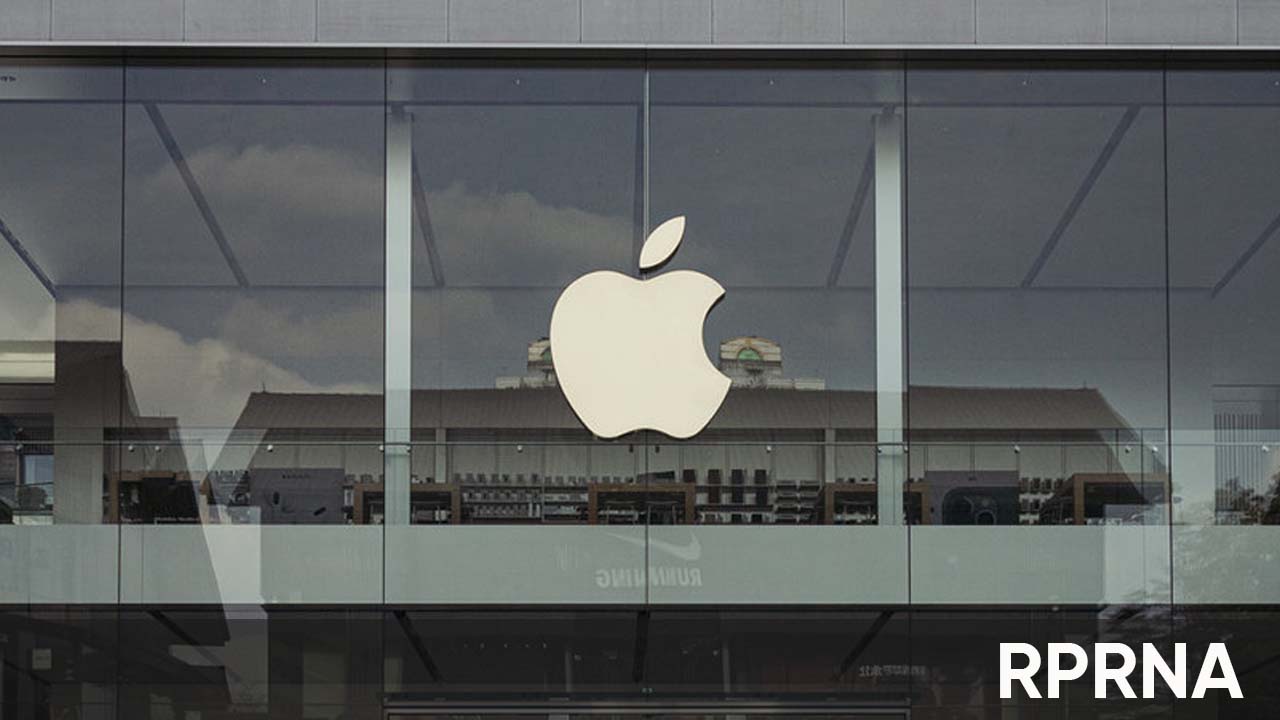Apple is expected to adopt advanced display technology from its latest Apple Watch Series 10 for future iPhone models, leading to improved power efficiency and enhanced visual performance. Industry analysts believe that the LTPO3 (Low-Temperature Polycrystalline Oxide) display, which made its debut in the Apple Watch Series 10, could soon be integrated into iPhones to enhance battery life and viewing quality.
LTPO3 Technology and Its Benefits for iPhones
LTPO3 technology represents a significant leap in display efficiency, particularly for Apple products. This new technology reduces power consumption by integrating oxide into the LTPS (Low-Temperature Polycrystalline Silicon) TFT panel, which drives the display pixels. In the Apple Watch Series 10, LTPO3 has enabled the device’s display to deliver up to 40% more brightness than its predecessor, especially when viewed from off-axis angles.
Furthermore, the refresh rate in the always-on display mode has seen a drastic improvement, moving from once per minute to once per second. This change enhances the user experience by allowing them to see real-time updates, such as a ticking second hand, without needing to lift their wrist.
For future iPhone models, LTPO3 could bring notable upgrades. With the drive TFT controlling OLED pixel emissions more efficiently, iPhones may offer better battery life, wider viewing angles, and superior brightness. According to industry reports, Samsung Display, a major supplier for Apple, is already working on developing LTPO3 OLED panels that could be featured in upcoming iPhones. However, the iPhone 17 series, set for release next year, is expected to retain LTPO2 displays, which are currently used in the iPhone 16 Pro models.
Apple has a history of introducing new display technologies in the Apple Watch before applying them to iPhones. LTPO screens were first introduced in the Apple Watch Series 4 and later found their way to the iPhone 13 Pro. While the timeline for when LTPO3 might appear on iPhones is uncertain, this trend suggests it’s only a matter of time.
iPad Mini 8 with OLED Display Rumors
Meanwhile, rumors are swirling around the future of the iPad mini, with reports suggesting that the next iteration, the iPad mini 8, will feature an OLED display. This would mark a significant upgrade from the LCD displays used in previous models, including the recently launched iPad mini 7.
OLED technology offers several key benefits over LCD, including higher brightness levels, deeper contrast ratios, and more efficient power consumption. This results in better overall battery life and more vibrant colors, especially with darker blacks. These improvements would position the iPad mini 8 as a more premium device, in line with Apple’s gradual shift to OLED screens across its product lineup.
While the iPad mini 7 was just released, it could take a few years before the iPad mini 8 arrives. Apple’s update cycle for the iPad mini has been inconsistent, with only three major updates since 2015. However, with OLED already being featured in the iPad Pro and widely rumored for other devices, it seems likely that the iPad mini will eventually follow suit.
OLED Display Expansion Across Apple’s Product Line
Apple is gradually transitioning more of its devices to OLED displays, a shift that could redefine the user experience across the board. Beyond the iPad mini, other Apple products rumored to receive OLED upgrades include a new iPhone SE next year, followed by the iPad Air and MacBook Pro in the coming years. The move to OLED represents Apple’s commitment to improving display performance and power efficiency across its devices.
Display industry expert Ross Young, CEO of Display Supply Chain Consultants, has been a reliable source of information on upcoming Apple products. His previous predictions, such as the display sizes of the iPhone 16 Pro models, have proven accurate, lending credibility to the OLED rumors surrounding future Apple devices.
Conclusion
Apple is on the verge of significant display advancements across its iPhone and iPad mini lines. The introduction of LTPO3 technology in future iPhones could lead to notable gains in battery efficiency, brightness, and refresh rates, while the rumored OLED display in the iPad mini 8 could elevate its visual performance and energy consumption. With Apple continuing to push the boundaries of display technology, users can expect even more impressive features in their future devices, making these upgrades highly anticipated across the tech community.





